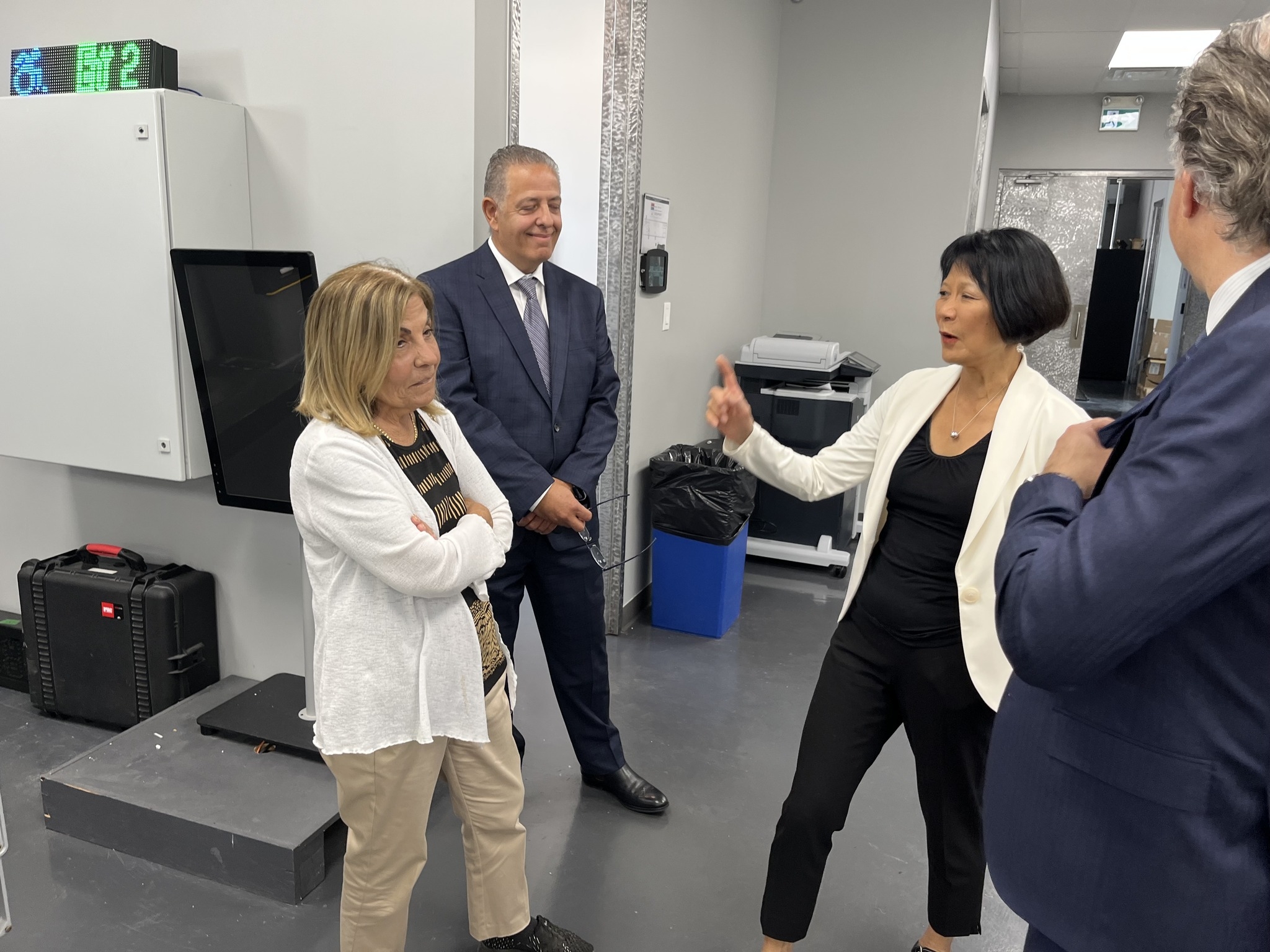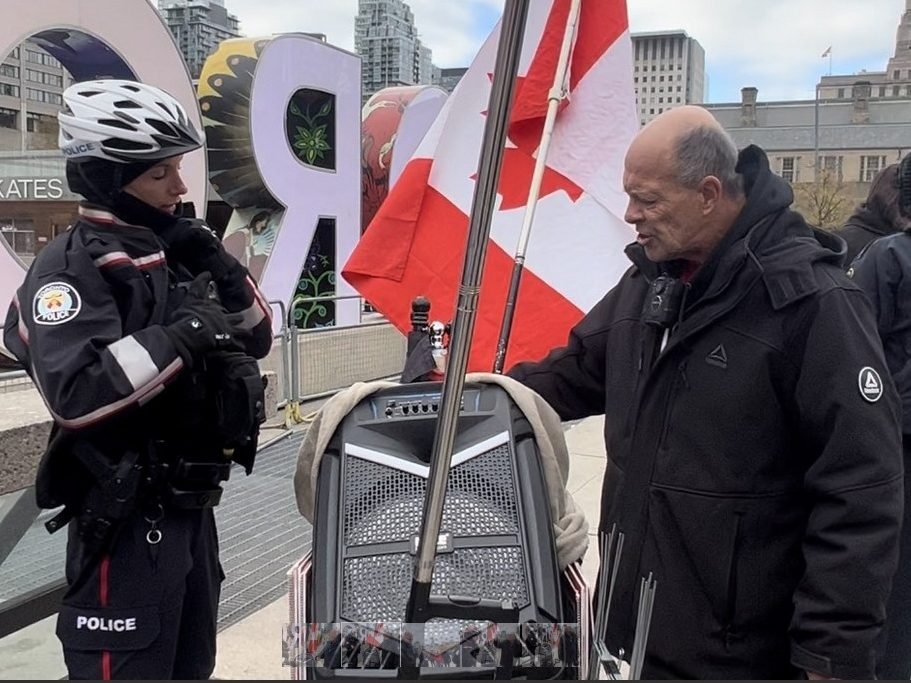A single, seemingly insignificant loose wire sparked a catastrophe that plunged Baltimore into crisis. The National Transportation Safety Board’s investigation revealed this critical flaw as the root cause of the blackout aboard the cargo ship Dali, the vessel that ultimately collided with the Francis Scott Key Bridge on March 26, 2024.
In the moments before the disaster, the Dali lost all electrical power, crippling its propulsion and steering. The crew responded swiftly, but the sudden failure left them with insufficient time to regain control before the inevitable impact with a vital support pier. The bridge, a major artery for the region, then crumbled into the Patapsco River.
Investigators discovered the source of the blackout: a misinstalled signal wire connection, secured improperly with wireless label banding. This seemingly minor oversight triggered a complete system failure, highlighting how a small detail can have devastating consequences. The tragedy, the NTSB concluded, was preventable.
Years prior, safety recommendations had been issued urging the Maryland Transportation Authority (MDTA) to assess the Key Bridge’s vulnerability to ship strikes. These warnings went unheeded. A comprehensive vulnerability assessment could have identified and implemented countermeasures to mitigate the risk of collapse.
The investigation also uncovered troubling practices aboard the Dali. Crew members had been misusing a flushing pump as a service pump, a dangerous workaround that the ship’s operator, Synergy Marine Group, failed to detect or correct. This misuse further hampered the vessel’s ability to restore power during the emergency.
Synergy Marine Group also faced criticism for allowing critical electrical systems to operate in manual mode instead of automatic. This decision hindered the ship’s recovery efforts after the power failure, compounding the initial problem and accelerating the path to disaster. Oversight was demonstrably inadequate.
Communication breakdowns added to the tragedy. Crucially, highway workers on the bridge received no timely warning of the impending collision, leaving them with no opportunity to evacuate before the structure collapsed around them. The lack of a rapid alert system proved fatal.
The rebuilding of the Francis Scott Key Bridge now faces significant hurdles. Maryland officials have announced the project will take two years longer than initially projected, with costs soaring to an estimated $5.2 billion – more than double the original $1.9 billion estimate. Inflation and volatile market conditions are driving these escalating expenses.
The NTSB’s findings reveal a chilling sequence of failures, a cascade of errors stemming from a single loose wire to years of neglected safety protocols. This disaster serves as a stark reminder of the critical importance of vigilance and proactive risk management in maintaining vital infrastructure.
The collapse continues to cast a long shadow over Maryland, impacting its economy and transportation network. The extended rebuilding timeline and ballooning costs underscore the profound and lasting consequences of this preventable tragedy.






